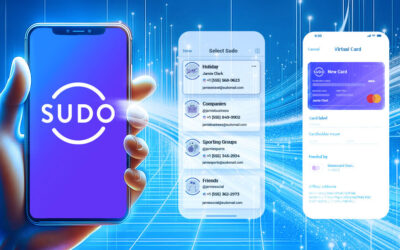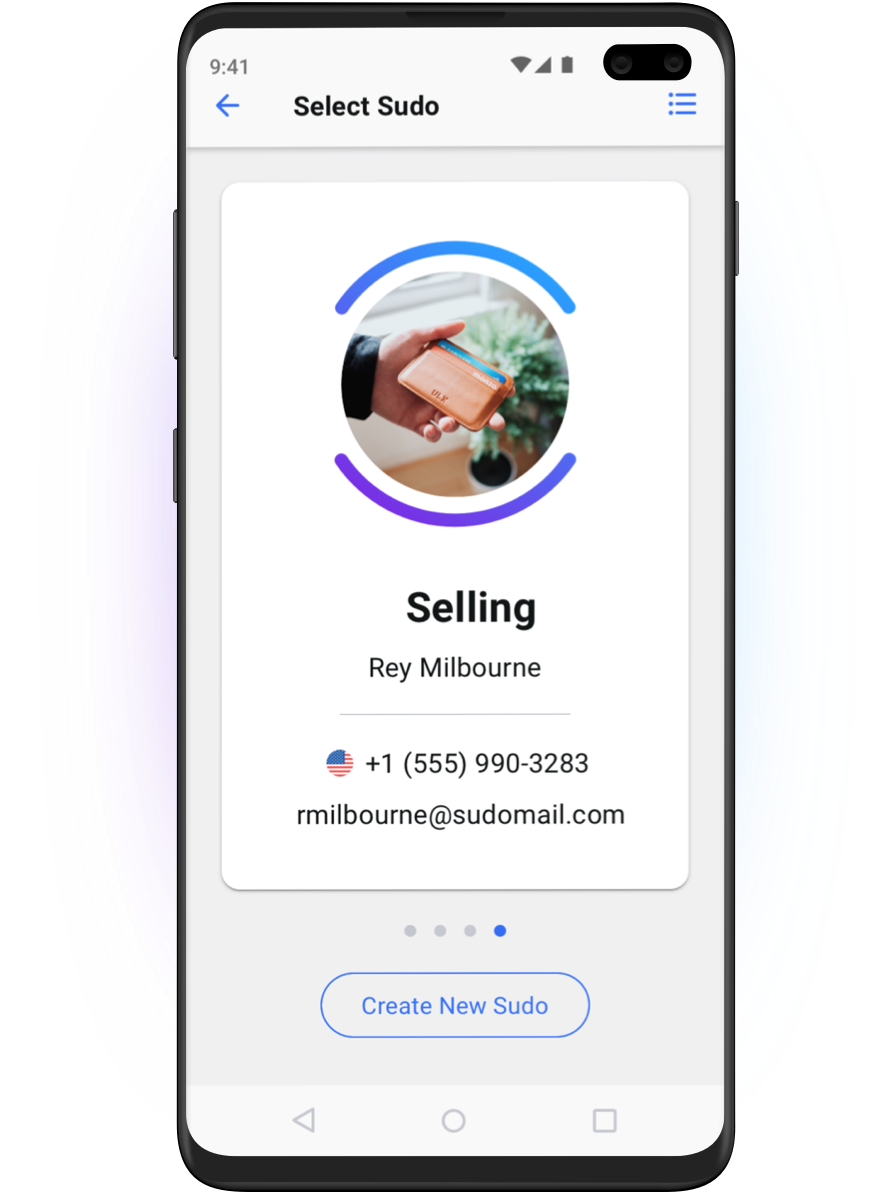Just as adults are spending more time online, so are children and young people. Now more than ever given COVID-19, they’re online to connect with friends, learn and be entertained.
And just as it is for adults, sharing personal information online can be risky for kids.
Since kids can’t always see the consequence of their actions, it’s important that parents, caregivers and educators teach children how to make good decisions and limit risks. Children need as much support online as they do offline.
The Office of the Australian Information Commissioner (OAIC), which runs Privacy Awareness Week, an annual Australian event we’re celebrating with our mates Down Under this week, offers 10 useful tips for protecting kids online.
1. Start the privacy conversation
Talk to children about what privacy is and why it’s important. Privacy is about protecting information about who we are, what we do, what we think and what we believe.
Chat with kids about:
- How privacy relates to their online behavior
- The steps they must take to protect their privacy
- The importance of reporting suspicious, like strangers contacting them or receiving unexpected notices.
The OAIC says: “The key message your children need to understand is that they can protect their privacy by protecting their personal information.”
Personal information can include your child’s name, address, telephone number, school and date of birth. Here’s a detailed look at personally identifiable information (PII).
2. Get involved
Change is constant online. Stay up to date with the devices, apps and platforms your children are using and how they’re using them. You’re in a much better position to help your children if you’re well informed about technologies yourself.
Try to see the digital environment from their perspective. Play your youngest child’s favorite game online. Keep lines of communication open with your older children and teens. Talk to them privately and in person about your concerns. Don’t post public comments about your concerns to your teens.
3. Read privacy policies and data collection notices
Privacy policies and data collection notices can be long and complex, but it’s important you read them. They will help you understand what information is being collected about your children, and how it will be used and protected.
Involve your children in this process. They need to understand that they’re swapping their personal information for access to an app or other services and decide with you whether it’s worth it.
4. Tailor privacy settings
We all need to tailor our privacy settings, no matter how old we are. Personal data can be collected in all sorts of unexpected ways.
Look into adding parental controls for younger children. It’s crucial that you control the personal information that web cams, microphones, cookies, websites, apps, and internet-based games and software collect.
Teach your children how to tailor their privacy settings according to their age, the platform they are on and the type of information they are sharing. Setting social media privacy controls so that only your child’s friends can see their posts is a great place to start.
5. Develop good password practices
Teach your children that passwords are an essential security measure for keeping their personal information safe.
Stress that they must never share their passwords with anyone, especially at school or online.
Use a random combination of numbers, letters and punctuation over eight characters for your passwords. Avoid using birthdates, your name or the name of a family member or pet.
Change your passwords regularly and don’t use the same password across multiple accounts.
Working with your children to help them set their own password controls will develop good password habits.
6. Discuss your child’s digital footprint
You know what’s really scary? Our digital footprint lasts forever. Tell your children that right now. Also tell them that every piece of content they consume, share, upload and download leaves a digital trace.
Work with your children to develop some fundamental principles for interacting online and using social media. For example, you might agree that they can only interact with people they know and that they can only share another person’s personal information with that person’s permission.
Children who understand the potential consequences of their online behavior are more likely to make better decisions about how they share their personal information.
7. Teach children to think before they share
Teach children what is acceptable to share online and what must be kept private. There are many online situations where your children should not need to give out any personal information.
Also tell your kids that the more personal information they share online, the more likely it is their privacy will be compromised. Phone numbers, address, school and plans are examples of information they should never share.
Location information may allow people to follow them. Photos and hashtags can be shared by others, meaning their personal information may be used without their knowledge.
Work with your children to adjust the privacy settings of their social media accounts to limit how much they share and with whom.
8. Encourage safe and smart mobile use
Many kids have a mobile phone these days. Phones store a lot of personal information, so it’s essential that you use security measures to protect this information.
Make sure your child’s phone has a pin lock or passcode. Without one, someone can easily gain access to everything from their social media accounts to their personal photos.
Disabling geo-location services when they are not needed is another key security measure.
Talk to your children about the personal information they share via mobile apps. Make sure they only download apps from reputable sources, especially if they are sharing location or financial information.
9. Be aware of online advertising
Controlling cookies and using add-ons and adblockers are good tools for limiting your child’s exposure to online advertising, which includes direct marketing and online behavioral advertising.
Companies can build a detailed profile of your child just by compiling data of their online behavior, so it’s importantthat you manage how much personal information they can collect.
10. Emphasize help is always available
Make sure your children know that they can ask for help if they have a problem online, whether from you, from their school or from government services.
Reassure your children that you’re here to support them, you’re there to listen to things that may have arisen, and that you’re not going to automatically disconnect them from their online world if a problem arises.
Finally, remember that your online behavior affects your children’s privacy too. What you share about your child, especially on social media, adds to their digital footprint. And once information is out there, it can be used in ways you can’t control and didn’t expect.
Before you share any information about your children, ask yourself: “Have I protected my child’s privacy?”.
These tips come from a great Aussie resource. Here’s a US-specific article from the US Department of Education that you might also find useful.
This article from SafeWise has plenty of statistics and tips too.
And here’s an earlier article from our Chief Security Officer with 7 tips to protect your kids online.
How MySudo can help
MySudo is the world’s only all-in-one privacy app. MySudo gives you privacy and control of your personal data, online and off. It’s the only app on the market that offers private and secure phone, email, browsing and payments all in one place.
With MySudo, you don’t leave a personal data trail. Instead you create Sudo profiles. Each Sudo (up to nine in the app) can have a working phone number, email, browser and virtual card.
You give your profile a purpose, like shopping, selling or services. Then every time you talk, text, email or pay, use your Sudo profile instead of your personal information.
Your details are secure since you haven’t shared them. We won’t even ask for a username or password to set up MySudo.
- Search the internet without ads and pop-ups using the private browser.
- Pay online with your virtual card without worrying about tracking or hacking.
- Call, text, and email anyone without giving up your private details.
- And if they use MySudo too, all your communications are end-to-end encrypted.
Download MySudo for iOS or Android today. Or watch our 90 second explainer video.
See all the privacy features packed into MySudo.
Learn how MySudo gives you a second chance at digital privacy.
Discover exactly what constitutes personally identifiable information or PII (your personal data at risk every day).







